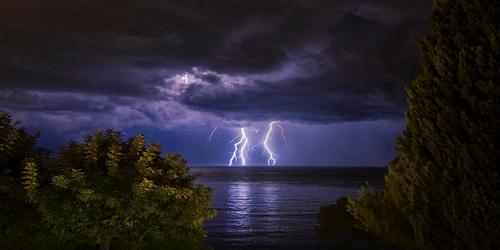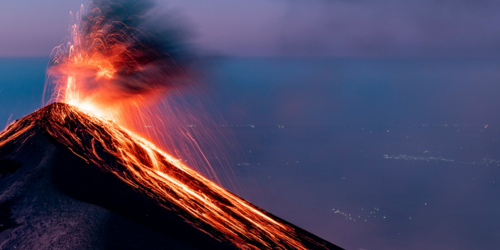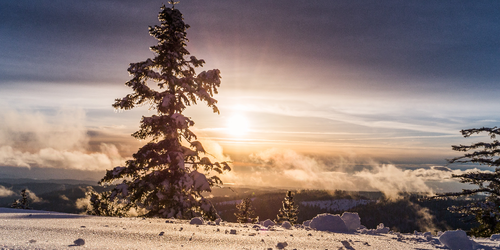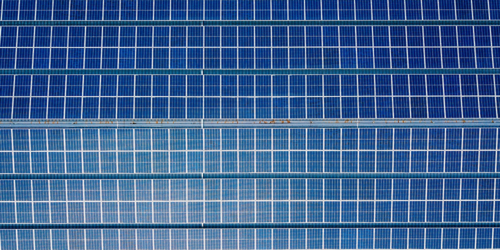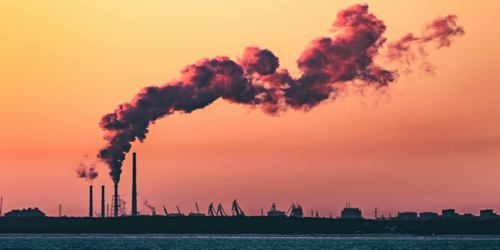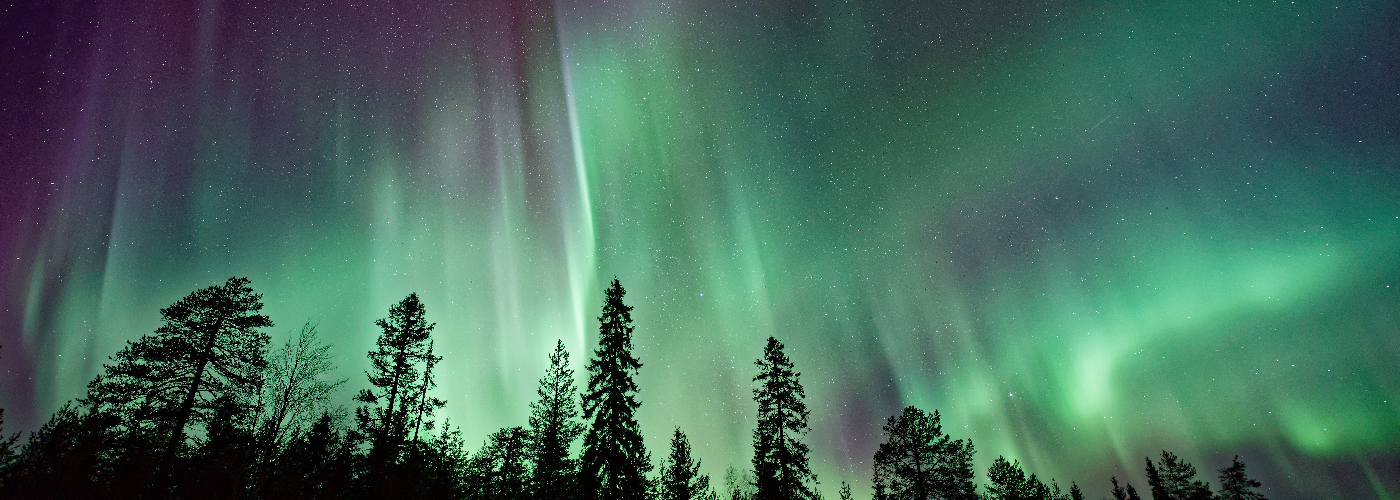

They are one of nature’s most awe-inspiring spectacles. The northern lights, also called aurora borealis, along with their southern hemisphere counterpart, aurora australis, provide intricate, graceful dances of color across the nighttime sky. One aspect of the aurora that is very rare to experience, though, is their sound. It wasn’t until 2011 when the first sounds of an aurora were recorded by a Finnish scientist.
Scientists had been trying to explain what causes auroral sounds for nearly 100 years. Initially, they were unsure even if the sounds being reported were real or just some sort of psychological response to what observers were seeing. The sound made by an aurora was described by an observer in the 1930s, “as if two planks had met flat ways – not a sharp crack but a dull sound, loud enough for everyone to hear.”
Finally in 2012, Unto Laine of Aalto University released the first recording of auroral sounds. Using an array of microphones as well as magnetic sensing equipment, Laine was also able to triangulate where the aurora sounds were coming from in the atmosphere, with some surprising results. It turns out the sounds weren’t being produced hundreds of miles up in the atmosphere, at the altitude where the auroras themselves exist. The sounds were much closer to the ground, only around 230 ft (70 m) in altitude. This finding helped to explain one of the mysteries concerning auroral sounds, namely how can we hear them at the ground when they are so high in altitude.
With this new data, the current understanding of how auroral sounds are produced at the ground has come into better focus. On cold, clear nights, with light wind, a temperature inversion can form, where a layer of relatively warm air creates a blanket over a shallow layer of cold air, which can be just a few hundred feet in depth in the atmosphere. Electrical charges can build up in this inversion layer, with opposite charges building up in the colder layer near the ground. When the aurora increases in intensity, it sends geomagnetic disturbances down through the atmosphere causing the two layers to spark an electric discharge which produces the “clapping” sound which can be heard by ground observers.


